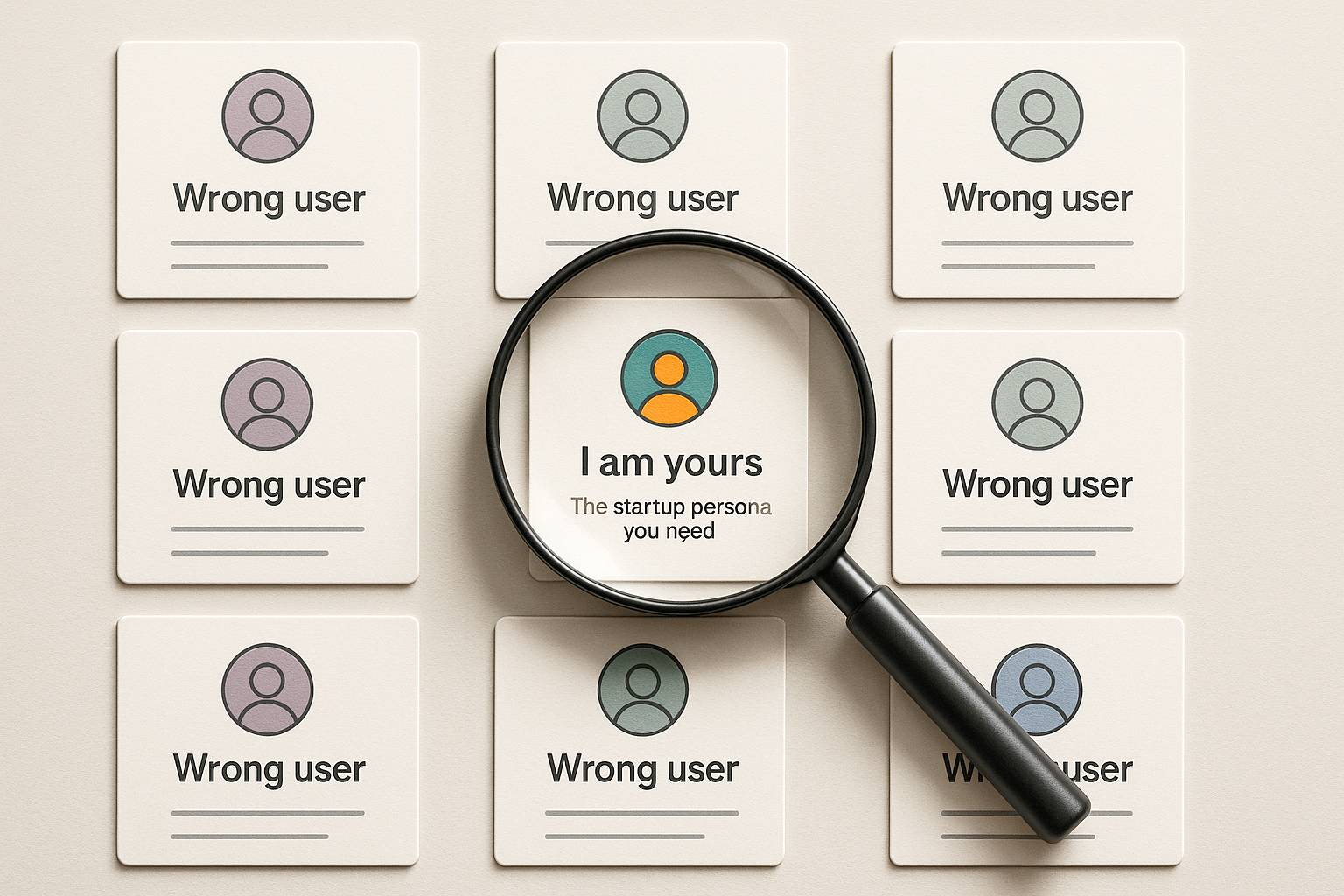Roman Kamushken
<span class="blog_big-paragraph">Quality control (QC) and quality assurance (QA) are crucial processes for ensuring products and services meet quality standards. QC detects and rectifies errors after they occur, while QA aims to prevent them from happening in the first place.</span>
Companies need to do more than just embrace digital change. Nowadays, everything is digitized, including payments, insurance paperwork, and retail purchases. To secure user retention, customer loyalty, and a steady income stream, organizations must provide excellent digital experiences; doing so necessitates a focus on digital quality.
Organizations often address digital quality in one of two ways: quality assurance (QA) or quality control (QC). While their goals are identical, QA and QC use various strategies to guarantee that clients obtain high-quality products.
{{spacer-64}}
What is Quality Control?

Before a product or service is provided to the client, quality control (QC) is the process of examining and confirming that it complies with the requirements and standards set out. Identification and elimination of flaws or departures from quality standards are the objectives of quality control (QC).
Inspections, tests, and measurements are all part of the quality control process, which is used to make sure the product or service reaches the intended level of quality. QC is normally carried out by skilled employees who are in charge of making sure the item or service complies with the requirements and standards. Statistical process control, acceptability sampling, and quality audits are just a few of the methodologies and procedures utilized in software testing company.
{{spacer-64}}
What is Quality Assurance?
Quality assurance (QA) is a systematic and well-planned process used to guarantee that customers get goods or services that are of the intended standard of quality. By identifying and correcting the underlying causes of quality issues, QA aims to prevent faults from arising.
To verify that the product or service complies with the required specifications and standards, quality assurance entails the use of a set of processes, procedures, and standards. These procedures and processes are used across the whole lifespan of a product or service, from conception and creation through distribution and support.
{{spacer-64}}
Quality Control vs Quality Assurance

Purpose
Whereas the primary goal of QC is to find and fix errors after they have already happened, the primary goal of QA is to stop problems from arising in the first place.
Focus
Whereas QC focuses on the finished product or service, QA is more concerned with the production process.
Timeframe
QC is a reactive technique that is often used at the end of the process, when the product or service is close to completion, while QA is a proactive approach that is employed throughout the whole development phase.
Methods
Establishing and putting into practice a set of standards and procedures are part of the QA techniques used to make sure the product or service meets the specified standard of quality. Contrarily, quality control (QC) entails examining, testing, and confirming the product or service to make sure it satisfies the required standard of quality.
Goal
For a product or service to continuously reach the desired quality level, a system of standards and processes must be established and maintained. Before a product or service is provided to the consumer, quality control (QC) aims to find and fix any potential flaws.
Responsibility
The whole company, from the top management to the employees on the manufacturing floor, is accountable for quality assurance. The process as a whole is accountable for making sure the quality requirements are satisfied. On the other hand, the quality control team or department is in charge of QC.
Detection vs. Prevention
By establishing methods and processes that guarantee the product or service complies with quality standards, QA is focused on avoiding problems arising. Contrarily, QA is focused on identifying existing flaws and fixing them before the delivery of the product or service to the consumer. Custom web app development company is sure to follow quality standards and be sure to test their applications. You have to keep an eye on the developers so that your project is completed by the rules.
Documentation
The documentation of the policies and guidelines put in place to guarantee quality is a component of QA. The procedure is regularly monitored and improved using this documentation. In quality control, problems are found and the steps taken to fix them are documented.
Cost
Implementing QA may be expensive since it requires putting up processes and practices that make sure the good or service regularly satisfies the requirements for quality. QC, on the other hand, might be less expensive since it entails finding and fixing errors that have already happened.
{{spacer-64}}
{{stars-conclusion}}
{{spacer-64}}
Bottom Line
An effective quality management program requires both QC and QA, which are complementary procedures. Together, QC and QA enable businesses to provide their clients with high-quality goods and services that live up to their expectations.
Cover Image Credit © Intelligent Testing Data Generation by Mary Maka



.avif)





.avif)
.avif)

.avif)
.avif)



.avif)
.avif)






.avif)
.avif)
.avif)


.avif)






%20(1).avif)

%20(1).avif)
.avif)
.avif)



